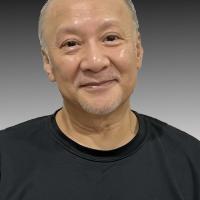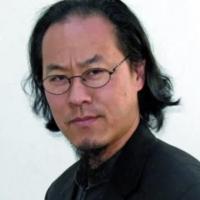Translator and martial artist Christopher Bates talks with Gene Ching about Taiwan history, and the oppression and poverty experienced there post-World War Two. This is also where YMAA founder Dr. Yang, Jwing-Ming was born and lived until college. They discuss various Taiwanese martial arts styles and their overlap, including Shaolin White Crane (Bai He), Xingyiquan, Baguazhang and others.
Author Hong Ze-han is the second son of Hong Yi-xiang. He was born in 1955 and was admitted to the Department of Film Directing at the National University of Arts. Zehan has a wife and two sons. In his spare time, he enjoys Chinese calligraphy, reading, writing, hiking, fine food, and Yizong Tangshou martial arts training. Blurred Boundaries is his first full-length narrative work.
"The civil war between the Nationalists and the Communists drove the largest refugee exodus in the modern history of China, across the sea to the southern island of Taiwan. Martial artists of many styles were among this diaspora.
In the 1940’s areas of Taipei, Taiwan were terrorized by local gangsters. Supported by desperate martial artists who had to flee mainland China with no other resources but their martial skills, they robbed and extorted the population. The locals trying to rebuild a new life after the Japanese occupation, often hired their own cadre of martial artists. The Hong family was one of these merchant families.
Through hard work, honesty, and perseverance, the Hong family had come from poverty to build a successful candle making business. It’s patriarch, Hong Wu-fan, not only hired martial artists but invited famous refugee masters to live and train in his family compound, thus earning their loyalty and the honor of their secrets. One of the most outstanding students was Hong’s fourth son, Hong Yi-xiang.
The author Hong Ze-han tells the true story of his father Hong Yi-xiang, and the cultural story of Taiwan in the 50-year period between the 1940s and the 1990s. Hong Yi-xiang was the founder of the Yizong Tangshoudao school of martial arts. He earned his renowned reputation by using the philosophy of the internal arts to outwit his opponents, relying on strategy as much as superior physical skills.
Blessed with access to his father’s life and teachings, the author Hong Ze-han conjures intimate conversations with the master and weaves a tale of success out of the struggle to survive. We, dear readers, are allowed in—to become outside students to these teachings and the cultural times in which the master’s art developed. We become part of an art and a country made stronger by the character and strength of its immigrants."



